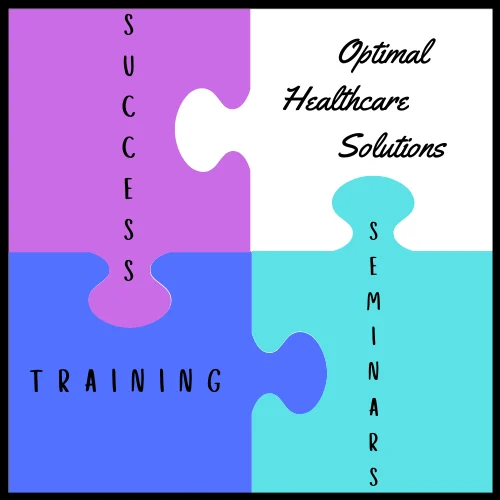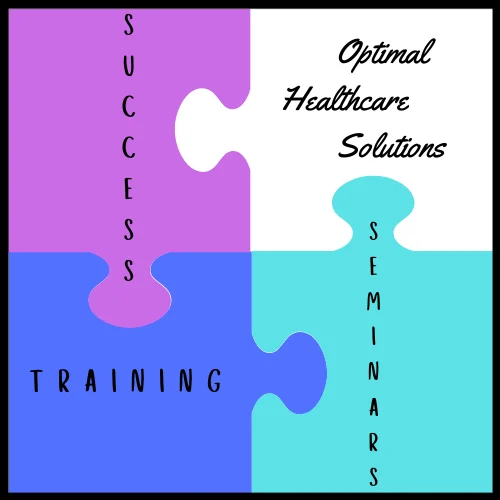Another year brings another annual CMS update for home health agencies to navigate. Here at Optimal Healthcare Solutions, we understand administrators have limited time to sift through complex regulations. That’s why we’ve analyzed this year’s Final Rule to highlight the critical financial changes impacting your agency. This brief focuses specifically on the key payment adjustments for CY 2025 and provides a clear action plan to help you prepare.
What’s the Bottom Line? Payment Changes for 2025
Every year we receive new guidance from CMS regarding how payments will be disbursed to participating organizations. This year, they have announced an estimated overall 0.5% net increase in payments for CY 2025 compared to 2024.For agencies, knowing exactly how that math works out is critical in planning what services you focus on. Let’s break down how these key adjustments might impact your reimbursement starting this year.
As has become the standard, CMS has approved and finalized a +2.7% home health payment update percentage. This number reflects the total market basket update. The market basket, if you’re unfamiliar with that term, represents the specific mix of goods (supplies, consumables, etc) and services (contracted, in house, etc) purchased by home health agencies to carry out their caregiving activities. Labor costs for various staff, medical supplies, and administrative overhead all get counted in this basket. Because CMS tracks the change in price for these various items, the percentage change to the overall home health market basket represents an annual adjustment for inflation.
While CMS has indicated that 2025 will see a +2.7% increase in the TOTAL payments made, that total is significantly offset by a permanent behavioral adjustment cut of -1.975%. The Center for Medicare & Medicaid Services has reached the conclusion that the Patient-Driven Groupings Model (PDGM)man has been overpaying for services within the behavioral adjustment category, and so will be lowering the payout amounts for that segment. It’s critical to understand that the finalized -1.975% cut for CY 2025 is only HALF of what CMS has deemed critically necessary, so there will be additional cuts to this segment in the coming years.
CMS has also decided to set the Fixed-Dollar Loss (FDL) ratio at 0.35, up from 0.27 in 2024. This number represents how expensive an episode needs to be to qualify for “outlier” funds. This means that in CY 2025, an episode will need to be more expensive than it was in 2024 to qualify as being an “outlier episode” for the purpose of Outlier payments.
Putting these changes together results in the 0.5% increase that CMS has indicated for home health agencies as whole in CY 2025. Understanding exactly where that increase is coming from –and crucially, what parts are actually losing some funding–is a key part of your agency’s financial planning.
Creating Your Agency Action Plan
Given the changes to how payments are being distributed, your agency should not rely on the 0.5% net increase alone to determine your financial planning. Here’s how to incorporate these updated rates to your financial plan:
- Update Financial Projections using the CY 2025 rates.
- Incorporate the 2.7% market basket update
- Apply the -1.975% permanent behavioral adjustment
- Factor in the impact of the FDL Ratio change while understanding that the increased ratio will mean less episodes qualify under the new rate.
- Use the Colorado Wage Index to Analyze Impact
- Confirm your agency’s Statistical Area under the most recent 2020 census delineations (Core-Based Statistical Area or CBSA)
- Calculate the year-over-year impact (as a dollar amount, or a percentage) for your agency compared to the 2024 CY rates.
- Adjust your labor cost budget and revenue projections.
- Plan for Future Scenarios
- CMS has already confirmed that additional cuts to behavioral adjustments will be coming, so start planning how you will deal with those changes now.
- Follow the same process to create preliminary budget models for CY 2026 or CY 2027 including the additional projected cuts.
- Revise Outlier Episode Identification Policy
- Review and potentially adjust internal processes for identifying outlier episodes (for the purposes of billing) to account for the higher cost threshold being introduced by the increased FDL ratio (0.35).
Putting It All Together
Making Changes Today, to Support Tomorrow
By following this plan, you will have a clearer picture of how these changes to OASIS-E data collection and the Home Health Prospective Payment System will impact your agency, your clients, and your ability to provide top notch services. Carefully planning and calculating the impact of changes finalized by the Centers for Medicare & Medicaid Services will ensure you are prepared for the financial changes on the horizon.
To Your Success in 2025,
Sharron













